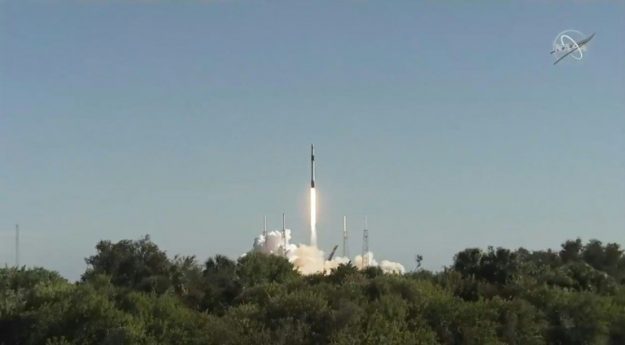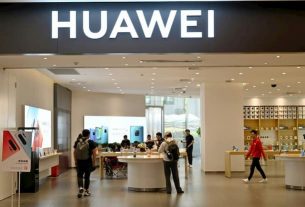SpaceX will try Saturday to send a mannequin to the International Space Station, before sending new Americans into space, which has not happened since 2011.
This is a launch that should not be missed. With three years behind the initial schedule, SpaceX will try Saturday 2nd March to send a mannequin to the International Space Station (ISS). From this launch will depend the much anticipated return of manned flights on American soil, perhaps this year hopefully.
Since the return of the American shuttle Atlantis July 21, 2011, no more astronaut flew into space from the United States. NASA pays the Russians $82 million per astronaut for the round trip to the ISS.
In 2014, the US Space Agency signed with SpaceX and Boeing to take over. But development has been delayed because safety criteria are more demanding than for launching satellites. Two of NASA’s four original shuttles, Challenger (1986) and Columbia (2003), have disintegrated, and no one wants to relive that nightmare.
On Saturday at 2:49 am (07:49 GMT), on the legendary 39A launch pad in Cape Canaveral, Florida , a Falcon 9 rocket, with a Crew Dragon capsule at the top, will take off towards the ISS, where the capsule will moor the next day, before returning to Earth on March 8th.

Departure of astronauts in July?
If all goes well, the next trip will have two astronauts aboard the capsule, which contains seven seats. In theory in July, but again, delays are likely.
“These things always take longer than expected,” said AFP Lori Garver, who was number two NASA in the award of contracts, under Barack Obama.
At the time, the decision was controversial. In Congress, elected officials contested the change of model, and the loss of contracts and jobs for large traditional aerospace groups installed in their states.
“It has been difficult for some to see NASA cede some of the control of astronaut transport to companies. It still is for some, “says Lori Garver.
“We do not have many heroes anymore, and the astronauts are our heroes.”
The use of outsourcing, a cheaper solution
SpaceX is not new and is familiar with the Earth-ISS return trip. The company founded by Elon Musk and based in Los Angeles has managed 15 refuelings since 2012; a rocket exploded in 2015. The version 2 of Dragon is adapted from the cargo version which has demonstrated its reliability.
Saturday’s launch is no less a “big deal” – “very important” – said one of the company’s earliest employees, Hans Koenigsmann, Vice President of SpaceX. “This is an absolutely critical first step for the return of manned flights here to the United States,” said William Gerstenmaier, deputy administrator of NASA.
But “few people thought there would be so much time between the end of the shuttle and the arrival of a new vehicle,” said the former chief historian of NASA Roger Launius to AFP.
The cooling of relations with Russia has only heightened the pressure to fly astronauts from the United States.
NASA has always relied on the industry for its space program. In the control rooms of Apollo, recalls Roger Launius, “almost all the people were subcontractors, not employees of NASA”.
The novelty is that the agency does not pay the entire development and does not have the devices. It buys a service for a fixed amount: the 2014 contracts provide for Boeing $ 4.2 billion and SpaceX for $ 2.6 billion, with six missions included in addition to the test flight – a fraction of the $ 4 billion a year would have cost the extension of the shuttles, according to Lori Garver.
The Mission-test Boeing , not human, is scheduled for April.
Michael Neufeld, curator at the Smithsonian Air and Space Museum in Washington, also points out NASA’s choice to rely on two competing companies. “One of the lessons of the shuttles is not to bet on a single vehicle,” he told AFP. “If there is an accident, at least we will not be completely stuck.”



